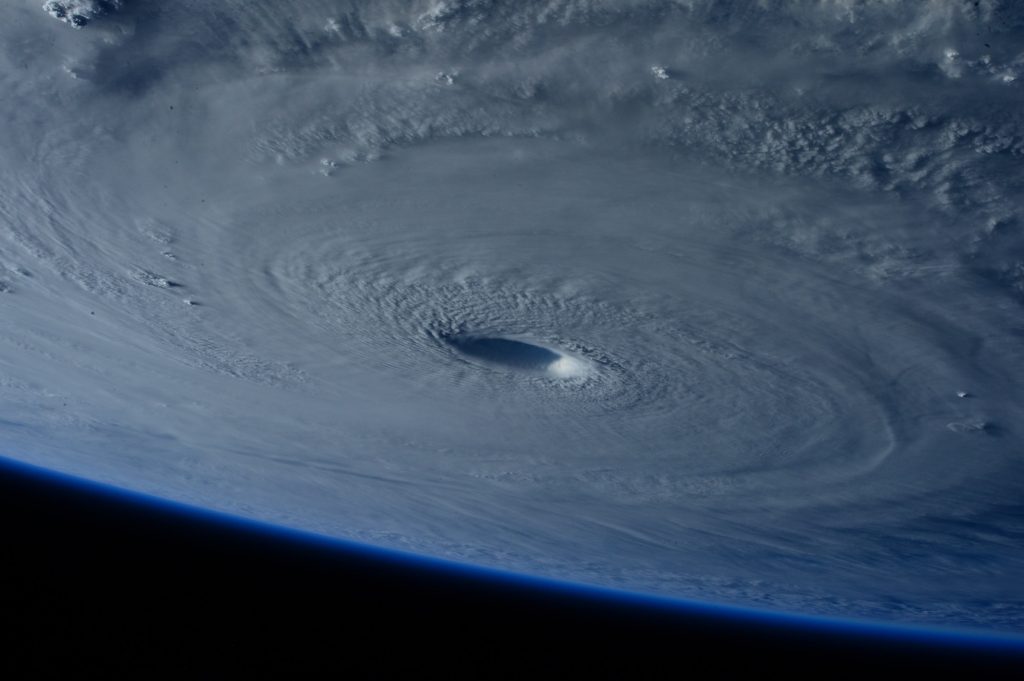By Clint Thompson
An early start to the hurricane season is not out of the question for the Southeast. In fact, it could be expected for the region considering how warm the ocean waters are currently in the Gulf of Mexico.

Pam Knox, University of Georgia Extension agricultural climatologist, highlights what fruit and vegetable producers should expect from this year’s storm season.
“People are really concerned about those warm ocean temperatures and what kind of impact that’s going to have. Hurricanes and tropical storms usually start when ocean temperatures are 80 degrees Fahrenheit or higher. When you have temperatures that are already warm, it means the season is likely to start earlier because the ocean’s all ready for development,” Knox said. “Some of the predictions are that we may have an active start to the season and then once El Niño really gets established later in the summer, that’s going to really slow things down. The hurricane season this year could be more active on the front end. But you have to keep in mind, Michael was in a year like this, an El Niño. It only takes one and people have to be watching for that.
“When the ocean temperatures are this warm, everything just blows up so fast.”
Knox said there is a strong jetstream in an El Niño, which blows the top off of any developing storms before they can take shape. Before that happens, though, the ocean temperatures will drive storm development.
“El Niño’s not really established yet and we don’t have that strong jet stream. The ocean temperatures are warm, so we could see any storms that develop. This time of year they often develop in the gulf. It’s not the classical ones that come off the coast of Africa yet. That’s later in the summer,” Knox said.
“With warm ocean temperatures, they could develop pretty fast. You can remember some of the storms we’ve had like Michael that just blew up. I’m not predicting that we’re necessarily going to have a Michael this year, but I am saying people are going to have to be aware of that. If we do get a storm that does develop, it could get strong pretty fast, and there’s not a lot of time if you’re in the Gulf of Mexico before it hits land.”









